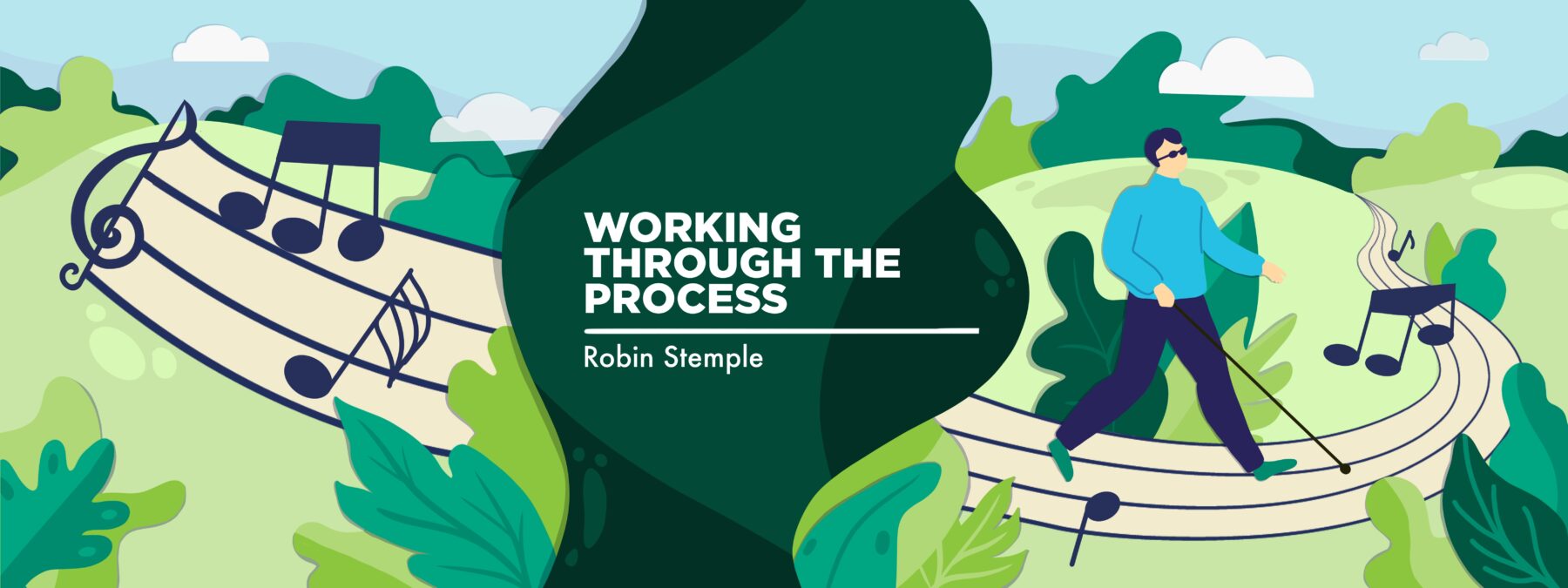I tried home health physical therapy, but will I keep exercising?
The jury is still out on whether or not this columnist finds it effective

In a column I wrote last month, I talked about finally deciding to try some physical therapy, despite more than a little pessimism that it would be effective. Actually, I’ve been struggling with this decision for over a year. I finally followed through and completed a five-week program of in-home physical therapy last week.
I had contacted my doctor, who suggested I try therapy in the comfort of my home. I jumped at the idea. I knew that hydrotherapy can be more effective than more traditional therapy for those of us with facioscapulohumeral muscular dystrophy (FSHD) and other neuromuscular conditions, but I just couldn’t deal with the hassle of finding transportation, getting in and out of the facility, dressing and undressing, showering, and more. The home health physical therapy option seemed a lot more manageable.
For the first three weeks, the physical therapist or an aide came to the house twice a week for about an hour at a time. They quickly realized that I was a physical therapy veteran, and there really weren’t any new exercises to show me. However, they got me exercising again and pointed out areas where my technique had gotten sloppy. For example, I wasn’t ensuring that my legs were as straight as possible when I did leg raises.
They also stressed the importance of exercising regularly. I already knew how important that is for those of us dealing with FSHD. Aside from my regular 20 minutes on a recumbent bike, I’d simply been ignoring this reality.
In conjunction with the physical therapist, I developed a plan of exercise I hope I can maintain. On one day, I plan to do the arm and leg exercises they recommended. The next day, I plan to do my bike ride and the knee bends, toe raises, and heel lifts at the kitchen counter that they also recommended.
The therapy sessions slacked off to just one day a week for the last two weeks. As of last week, I’m discharged and on my own. It’s up to me to decide if it’s worth the effort to continue the program.
Challenges remain
This decision would be easier if I could report that I’m feeling stronger, but that’s not the case. Perhaps I got slightly stronger in specific areas, but overall, I have to admit to myself that the deficits caused by FSHD are still there.
Holding just a 2-pound weight, I can’t do a bicep curl with my right arm. This is strange, considering that FSHD typically impacts one side much more than the other, and my left side has always been my most affected side. Yet suddenly, my left arm is now my stronger arm. On the other hand, I simply can’t do a side leg lift with my left leg. I tell it to move and strain to make it happen, but the muscles just don’t respond.
Standing up is still a difficult and painful process. My lack of balance also continues to be a huge problem. I’m simply not stable anytime I’m on my feet unless I’m holding on to something solid.
During the final three weeks of therapy, we tried using a walker. I find that when using the walker, I can walk with a much more erect posture. I’m also a lot more balanced and stable. The challenge is where to put the darned thing once I get where I’m going. If we can figure that out, I think the walker will be helpful in keeping me on my feet around the house.
Of course, the other issue for a blind guy using a walker is not doing too much damage to the house and the furniture. I’m hoping an occupational therapist and I can come up with a solution to that issue.
The physical therapist and I did several walks using the walker up and down my driveway to see how I did when going a little more than household distances. Our driveway is approximately 100 feet long. Thankfully, while it doesn’t have a basket or any other bells and whistles, my walker has a seat. I had to sit down and take a break when we got to the end of the driveway. I also needed to sit and rest when we got back to the garage. I’m hoping I can build up that distance to something more meaningful. One-hundred feet doesn’t get you very far out in the community.
I’m going to do my best to stick with the exercise program. It might not be helping me get stronger, but I’m hoping it can prevent me from getting any weaker. After all, that’s the fight we’re all in with FSHD, isn’t it?
Note: Muscular Dystrophy News Today is strictly a news and information website about the disease. It does not provide medical advice, diagnosis, or treatment. This content is not intended to be a substitute for professional medical advice, diagnosis, or treatment. Always seek the advice of your physician or another qualified health provider with any questions you may have regarding a medical condition. Never disregard professional medical advice or delay in seeking it because of something you have read on this website. The opinions expressed in this column are not those of Muscular Dystrophy News or its parent company, Bionews, and are intended to spark discussion about issues pertaining to muscular dystrophy.








Debra Sue Love
So happy to hear of your progress 🙌 keep up the great work 💪
Allen Carney
“Prevent me from getting any weaker “ - you got that right, brother!
Robin Carlino
Thanks for this post, Rob. I'm proud of you for following through with the PT. I hope you can maintain your plan for working out. Maybe OT can help put some padding around the points of your walker so your walls and furniture aren't too messed up. Keep up the great work, and your encouraging posts.
xo+
Zeb
Hi, I resonate with your story here. I'm just beginning to try using a walker and so far hasn't been too successful. The way I walk I tend to swing my legs and they hit the front wheels of the walker causing me to trip and fall. When walking without a walker I find it to be a mental challenge. I know I can do it but something in me hesitates and like someone who hesitates just before jumping off the dive board, ends up awkwardly falling off it. Hard to describe.
Carey McIntosh
I can relate to this so much. It's so frustrating to be given exercises and not see any improvement. It's the nature of the game, but I find that doing exercises because I have a condition isn't a great motivator. I need to find something more positive, like being as fit as I can be, protecting my heart, or burning off some stress. Good luck!
Robin Stemple
Good morning Carey. It sounds like you and I are in king of the same place with the FSHD, trying to find that happy medium of doing enough to stay as strong as we can, while not doing too much and hastening the deterioration. My main motivation is just to continue to be able to do the things I love to do; being involved with my kid/grandkids' lives, playing music at senior facilities, church, etc. I don't want my link to shrink any further. Han in there and thanks for reading my column! - Rob